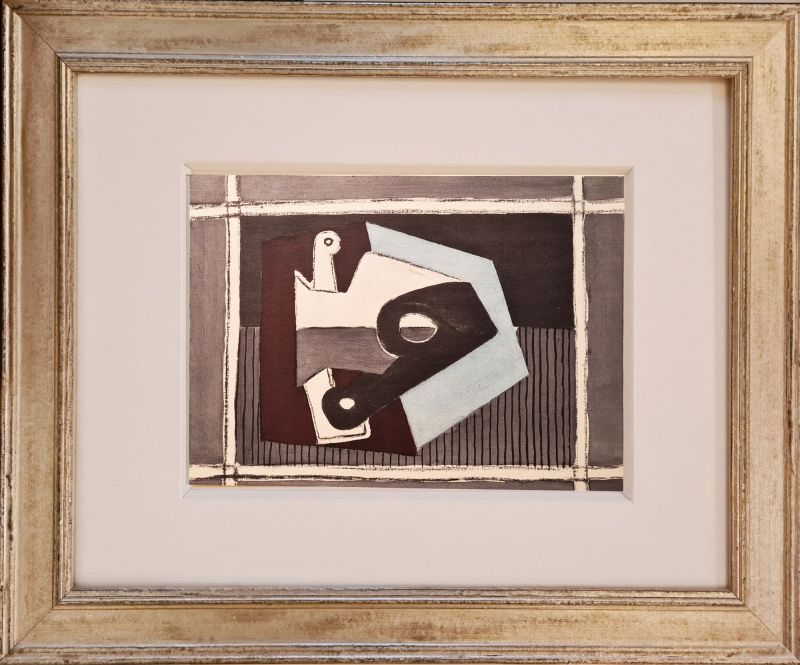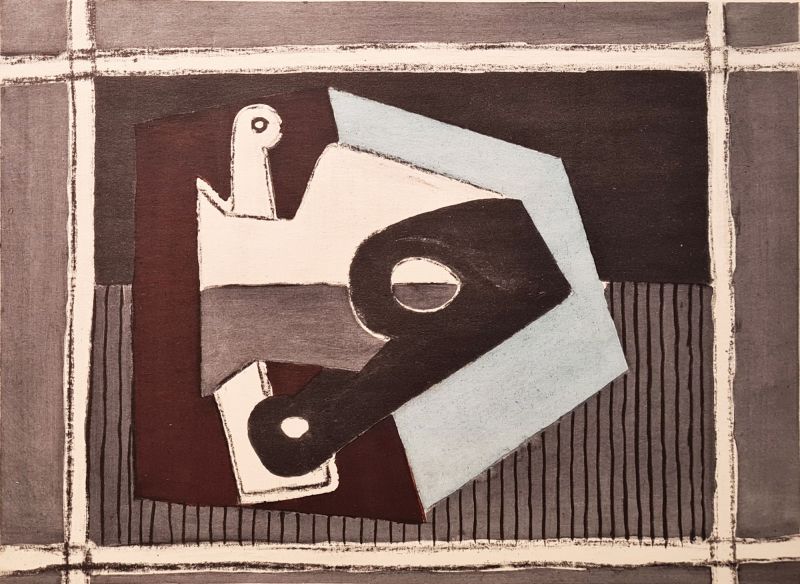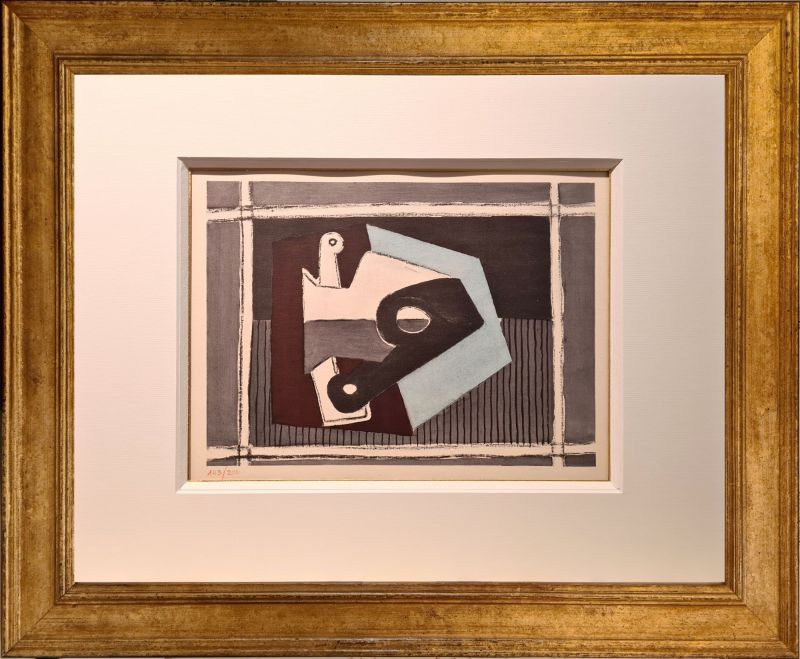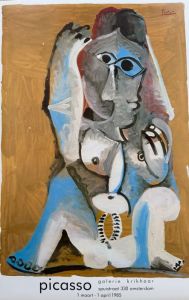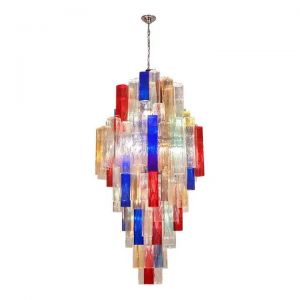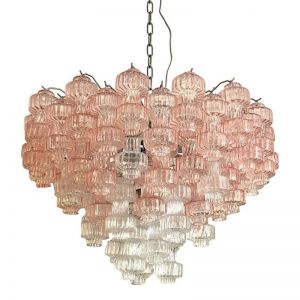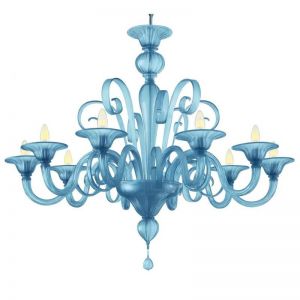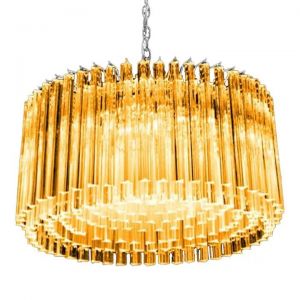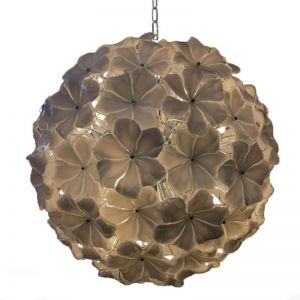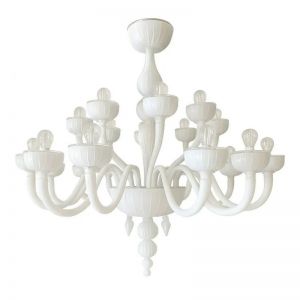Composition with pipe, 1920 after Picasso
€3.000,00
Handmade pochoir in water color. Hand numbered in red pencil 143/200.
Made in 1955 in Paris France at Studio Daniel Jacomet under supervision of Picasso in a limited edition of only 200.
Comes with a Picasso pochoir catalogue this artwork is featured in on page 95.
Framed pictures are simulations. When ordered the artwork will be framed in perfect proportions with museum glass. You may pick silver or gold framing option.
(Passe-partout size: 20 x 27 cm | 7.8" x 10.6")
Picasso left a great variety of (Graphic) Art, representing his many different styles and periods. Alongside the Renssen Works of Art we present a collection of high quality lithographs, etchings, and pochoirs by the Great Master himself. Pochoirs are rare, handmade reproductions of his paintings, produced in limited editions by artisans in Paris under Picasso’s watchful eye. You will find our Picasso Collection in our gallery in Amsterdam and on our website.
The Technique:
Many outstanding 20th century artists such as Picasso, Matisse, Braque, Derain and van Dongen chose to use the pochoir technique for the reproduction of their favorite works of art. It is said to be the closest thing to an original work of art since it is made by hand using watercolor or pastel. Pablo Picasso (1881-1973) chose to use the pochoir technique both at the beginning and the end of his career when he was determined to show his early works to posterity in the best possible way.
The method of making pochoirs is a graphic technique to reproduce a work of art. Both method and result differ considerably from etching, wood-carving or stone press. With the pochoir technique, the staff, or coloristes in the atelier, use different paints such as water paint, gouache or pastel, as well as gold or silver foil and apply these on a piece of paper by hand. This coloring is done using cut-outs, also called templates, or stencil-plates.
Between forty and a hundred cut-outs were needed to produce a single pochoir. It was a very expensive and labor intensive method, indeed too expensive for modern times. Fortunately, beautiful pochoirs have survived in the collections of museums and collectors. Each pochoir is a unique piece of art. Each edition however consists of several copies. The differences are often hard to find due to the fine craftsmanship of the colorists. Compared to other reproduction techniques, the realism of the colors is the most striking mark of the pochoir.
The period in which pochoirs were made was from early 1900 until the 1960’s, with its peak in the 1930’s. It demanded at least a month to produce a smaller version of the original, carve the cut-outs and experiment with the paint. Afterwards, a proof sheet was made, which was presented to Pablo Picasso for approval. For a production of two hundred pieces, another two months of work were needed. The working conditions were primitive. Slowly but surely the Pochoir technique was replaced by other less expensive and labor intensive techniques, like photographical reproduction methods such as screen-printing.
If one finds an original handmade pochoir in perfect condition, it is a scarce and true enjoyment.
Quantity:
1
Period:
1950-1959
Place of origin:
France
Style:
Still life
Dimensions (cm):
44H x 54W x
Dimensions (inch):
17,32H x 21,26W x
Creator / Artist:
Pablo Picasso
Material:
Paper, Watercolour
Condition:
Excellent;
Inventory ID:
PP2021-029
Payment options:
Credit card,
Debit card
Debit card
Shipping options:
Domestic complimentary, International complimentary
Shipping regions:
Worldwide
Renssen Art Gallery

Latest items
Published in Furniture, Lighting, Decorative Objects and Fine Art categories
